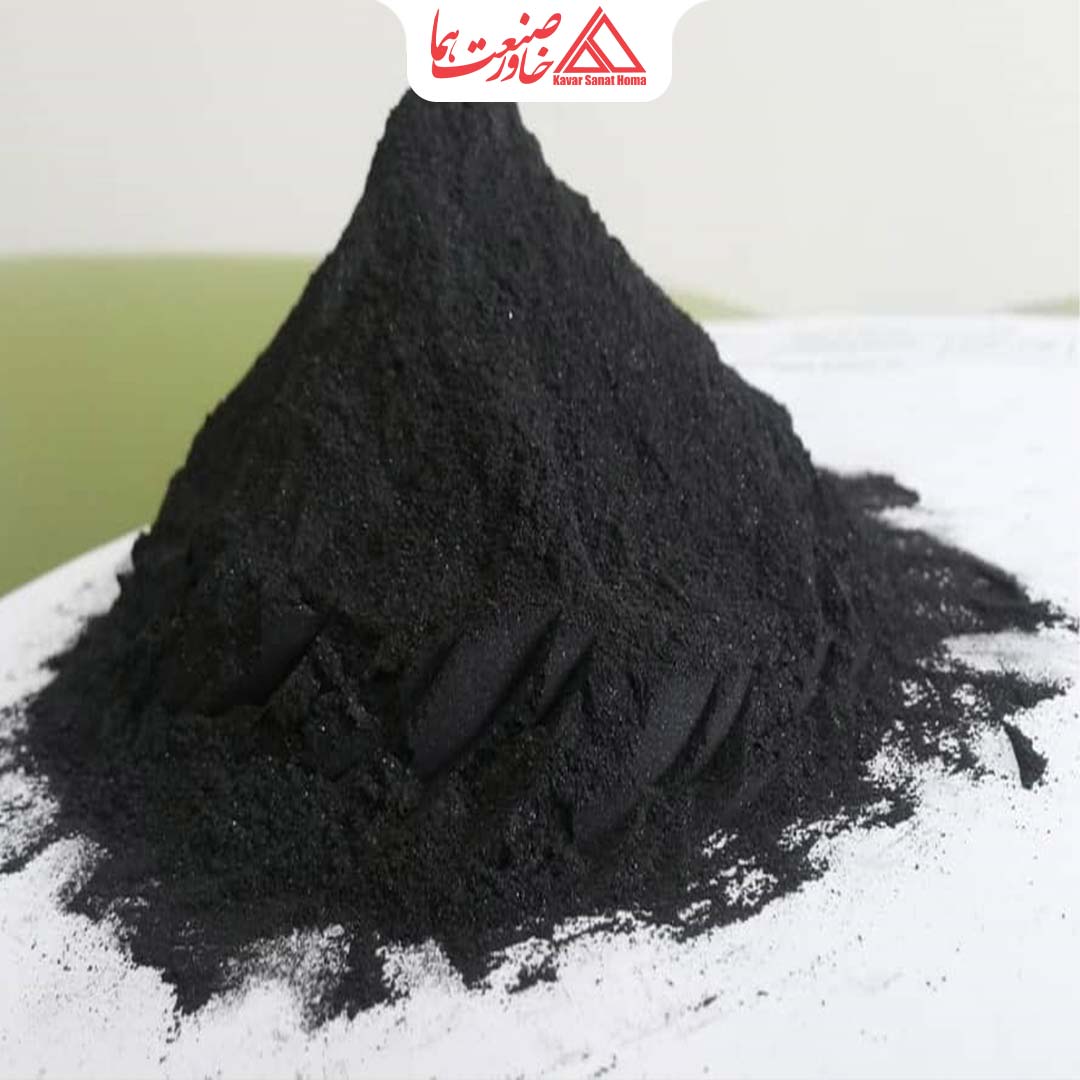In previous articles, we have discussed. Iron powder We have become familiar with how iron powder is made and produced. In this article, we intend to get to know more about the applications of iron powder, so stay with Khavar Sanat Homa.
As you know, iron dust actually refers to iron shavings, which most of us have seen up close at least once and probably thought of as just iron waste with no use other than accidentally getting stuck in our hands or eyes. But that's not the case. These iron shavings have interesting mechanical and chemical properties. For example, iron shavings are magnetic. If you've noticed, the speakers of people who work with iron, especially in cutting processes, are always full of iron shavings.
Also, iron shavings, because they consist of very fine particles, react quickly and have high filling properties due to their density being much higher than water. So, it's not surprising or unreasonable that with all these unique and positive features, they have practical applications in the industrial world.
Applications of iron powder in industry
Steel production
One of the main uses of iron powder (iron filings) is for the recycling and production of steel. Iron powder is used as a source of iron in cupola furnaces alongside other recycled materials such as unusable scrap. Using iron powder helps reduce energy consumption and saves steel usage.
Casting
In industries where casting plays a key role, iron oxide (iron powder) is used as one of the components mixed into molding sand. Adding a certain amount of iron oxide to the sand improves the thermal properties, strength, and surface quality of cast parts. Additionally, in some precise casting methods, such as investment casting with a wax model, iron oxide is used to create temporary models.
Welding
Iron filings (خاک آهن) also play an important role in welding. This material is one of the main and crucial components of the coating on welding electrodes, which prevents the molten metal from sticking to the electrode and ensures the welding quality is not compromised, resulting in a higher-quality weld. Additionally, in some welding methods such as submerged arc welding, iron filings are used as part of the protective flux powder covering the weld surface.
Powder Metallurgy
Iron powder (خاک آهن) is one of the key raw materials in the powder metallurgy industry. In this production method, metal powders with controlled composition and specifications are pressed and then subjected to heat treatment to form the final parts. Using iron powder in this process enables the manufacturing of complex components with optimized mechanical and physical properties.
Construction of magnetic parts
As mentioned, iron filings have very high magnetic properties, and by varying the size of their particles—both fine and coarse—these properties can be controlled. In the industrial world, iron filings are used to manufacture magnets, transformer cores, inductive coils, and other magnetic components.
Coating
Iron oxide is one of the most effective materials we can use to enhance paint coverage by mixing it with paint and using it as a protective coating. Adding this material to the paint mixture improves adhesion, corrosion resistance, and mechanical properties of the coating. Additionally, red iron oxide, or ochre, has long been used as a mineral pigment in painting.
Production of parts
Iron oxide can be incorporated into the composition of a wide range of steel products such as Pipe furniture and Pipe furniture profile By doing this, economic savings are achieved, meaning the final product cost for the manufacturer decreases, while also enhancing the strength of the
Filtration
Iron oxide can be used to create powerful and efficient filters for removing pollutants and harmful substances. For example, iron oxide is used to absorb heavy metals, dyes, oils, and other organic contaminants from industrial wastewater.
Advantages of recycling iron oxide
Recycling operations are generally very cost-effective and practical across all fields, and the steel industry is no exception. Steel production is a time-consuming and energy-intensive process, so increasing recycling in the steel industry not only saves significant fuel and costs but also greatly helps protect the environment. Some of the most important advantages of recycling iron oxide are:
Reducing the consumption of natural resources
By reusing iron oxide, there is no longer a need to extract iron ore for steel production. Iron oxide is used as part of the raw materials.
Reducing the emission of toxic gases
The steel production process requires burning fossil fuels, which harms both nature and humans. Recycling is a shorter and easier process, so it reduces the emission of toxic gases.
Economic savings
By eliminating iron ore and replacing it with iron oxide, the final cost of steel production decreases. This is due to the removal of expenses related to mining, transportation, and processing of iron ore.
Reducing waste volume
One of the ongoing problems in big cities has always been the large volume of iron waste. Over time, this waste can harm the environment. Without proper management, these wastes can cause environmental issues such as soil and groundwater pollution.
Creating job opportunities:
The recycling industry always creates new job opportunities, and when we can recycle iron oxide, we can provide employment for more people.


To submit a comment, you need to log in or register.
Login and Registration